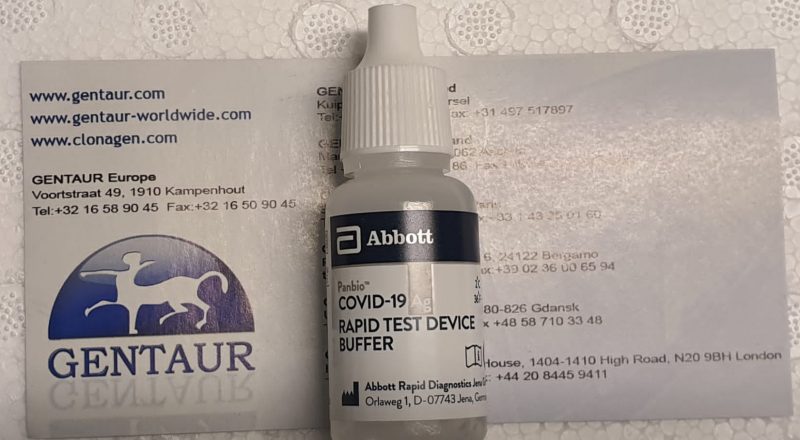World Well being has not featured as prominently within the European Union (EU) analysis agenda in recent times because it did within the first decade of the brand new millennium, and participation of low-income and middle-income nations (LMICs) in EU well being analysis has declined considerably. The Horizon Europe Analysis and Innovation Framework adopted by the European Parliament in April 2019 for the interval 2021-2027 will function an necessary funding instrument for well being analysis, but the proposed well being analysis price range to be finalised in direction of the tip of 2019 was diminished from 10% within the present framework, Horizon 2020, to eight% in Horizon Europe. Our evaluation takes the evolvement of Horizon Europe from the preliminary framework of June 2018 to the framework agreed on in April 2019 into consideration.
It reveals that regardless of some enhancements when it comes to World Well being and reference to the Sustainable Improvement Targets, European industrial competitiveness continues to play a paramount function, with World Well being analysis wants and related well being analysis for LMICs being solely partially addressed. We argue that the globally interconnected nature of well being and the transdisciplinary nature of well being analysis have to be absolutely taken into consideration and acted on within the new European Analysis and Innovation Framework. A facilitated world analysis collaboration by means of Horizon Europe may make sure that World Well being improvements and options profit all components of the world together with EU nations.
Important overview and quality-assessment of price analyses in radiotherapy: How dependable are the info?
Well being financial evaluations (HEE) are more and more having an affect on policymakers, though the outcomes vastly depend upon the standard of the methodology used and on clear reporting. The 2 fundamental goals of this research have been to judge the standard of price analyses of exterior beam radiotherapy (EBRT) and to evaluate the comprehensiveness and relevance of price standards outlined in three validated quality-assessment devices.The choice of articles was primarily based on a earlier systematic literature overview of EBRT-costing research retrieved from January 2004 to January 2015 (Interval 1) in MEDLINE, Embase, and NHS-EED databases and accomplished in a second time interval from January 2015 to November 2018 (Interval 2).
Three validated devices to evaluate the methodology high quality with the CHEC and the QHES, and the methodology with the CHEERS checklists have been used. The standard was evaluated by each quantitative and qualitative analyses. The scoring robustness was examined with the Kendall coefficient of concordance and inter-class correlation coefficients.In whole, twenty-three articles have been chosen.
The principle geographic areas of price analyses have been Canada (n = 5), France (n = 4), and the USA (n = 4). Essentially the most generally studied pathologies and applied sciences have been prostate (n = 7) and head and neck most cancers (n = 5) and IMRT (n = 8) and IGRT (n = 2), respectively. The imply instrument scores demonstrated a good diploma of methodological high quality, with 69.7% for the CHEC, 73.6% for the QHES, in addition to for the reporting high quality, with 59.4% for CHEERS for Interval 1.
A further qualitative evaluation per criterion revealed that sure gadgets, important for understanding the costing methodology and the outcomes (e.g., the time horizon, low cost fee, sensitivity evaluation) have been typically solely partially accomplished. Statistical evaluation confirmed that the reviewers’ scoring was constant. The devices recognized the identical high three articles, albeit with a level of variation within the rating.Qualitative and quantitative evaluation of price analyses in EBRT displays a good degree of research high quality when it comes to the methodology and reporting transparency. The affect of price calculations on the ultimate HEE consequence seems to be underestimated, and elevated transparency of the info sources and the methodologies is required.
Atmospheric cloud algorithms for day/night time entire sky imagers.
This paper discusses new atmospheric cloud algorithms that now we have developed to detect the presence and placement of clouds in photos of the sky acquired by day/night time entire sky imagers, and to categorize the clouds by opacity. The day/night time entire sky imagers that we developed are ground-based sensors that purchase digital imagery of the total sky right down to the horizon in a number of seen spectral bands and a near-infrared spectral band. The devices purchase correct information beneath daylight, moonlight, and starlight circumstances.
This paper discusses the beforehand unpublished day and night time cloud algorithms. The day cloud algorithm identifies opaque clouds utilizing a pink/blue ratio and identifies skinny clouds by evaluating present pink/blue ratios with the ratios anticipated for clear skies. The clear sky ratios embrace an image-to-image adaptive algorithm function to regulate for haze quantity. The night time cloud algorithms are primarily based on determinations of earth-to-space beam transmittances and on comparisons of present radiances with radiance distributions for clear skies and for opaque clouds. Additionally they embrace an adaptive algorithm function to regulate for adjustments in haze quantity. As well as, these new night time algorithms report the Earth-to-space beam transmittance in chosen instructions.
The algorithms present a pixel-by-pixel dedication of the cloud outcomes with wonderful accuracy. This paper discusses the brand new day and night time cloud algorithms and an evaluation of their accuracy, in addition to a brief dialogue of the professionals and cons of utilizing these wave bands versus different wave bands.


